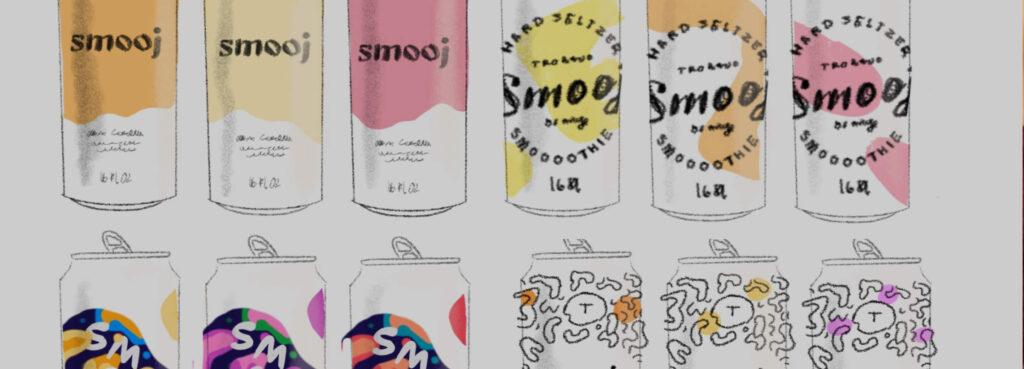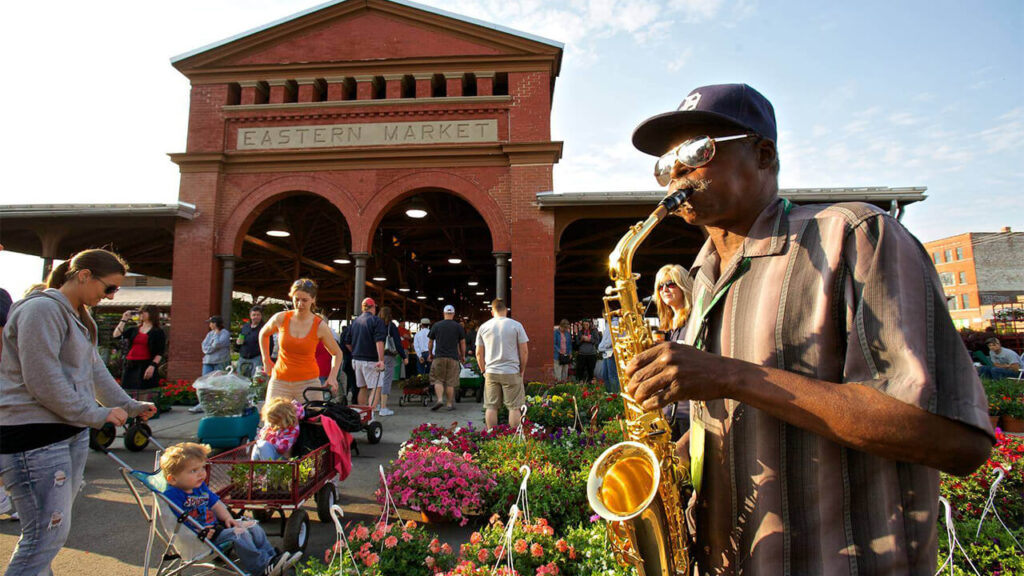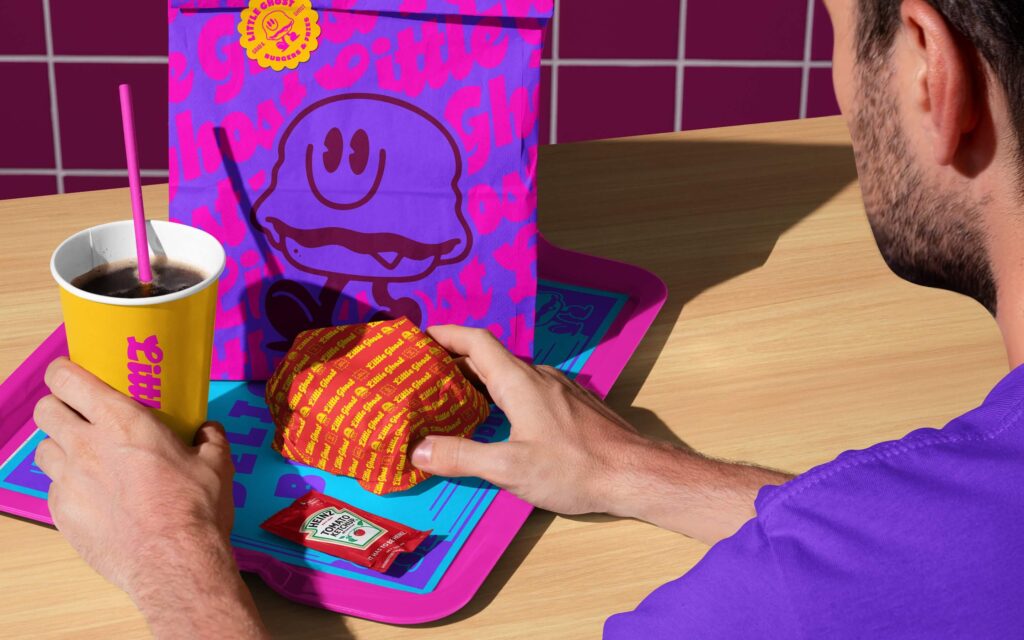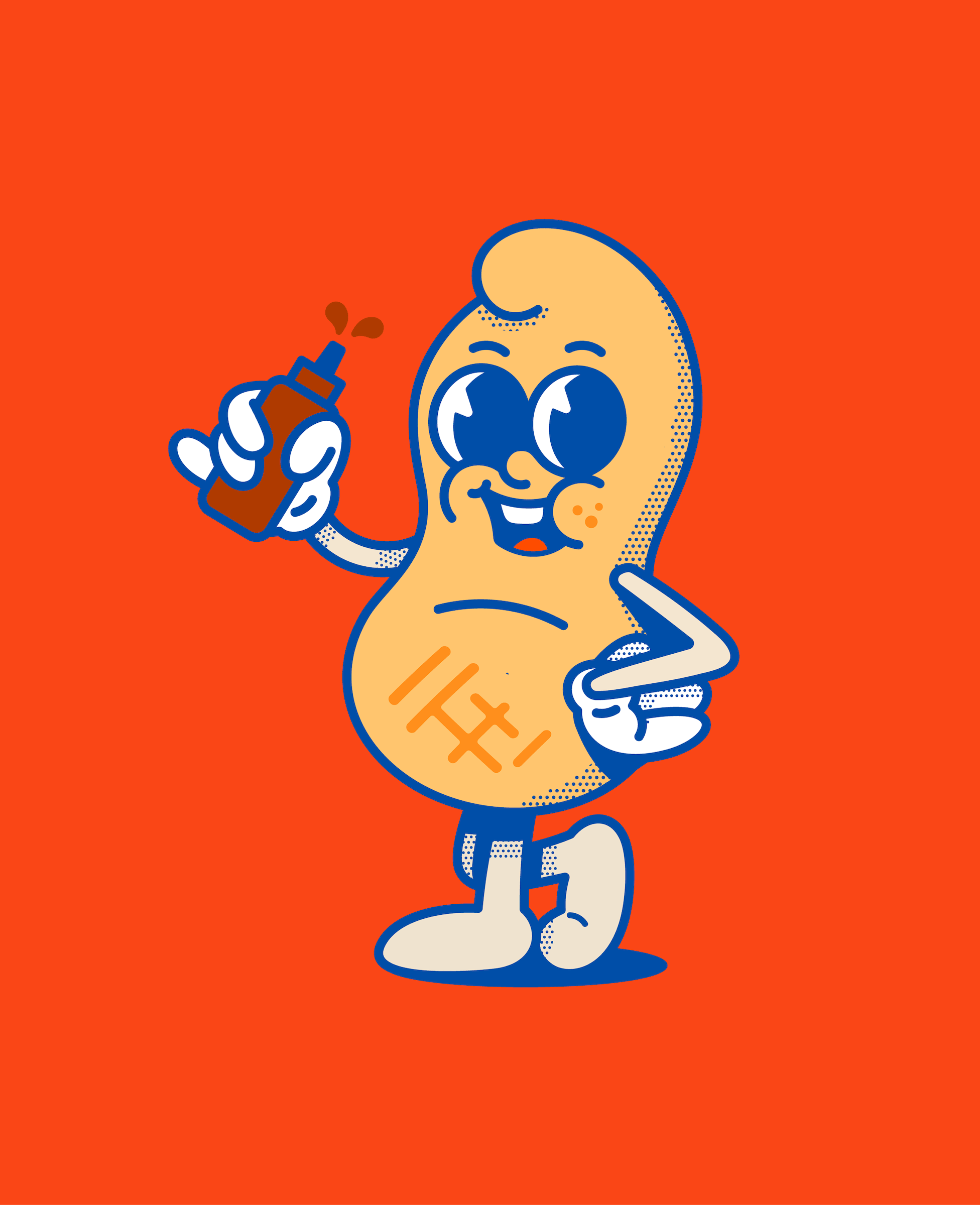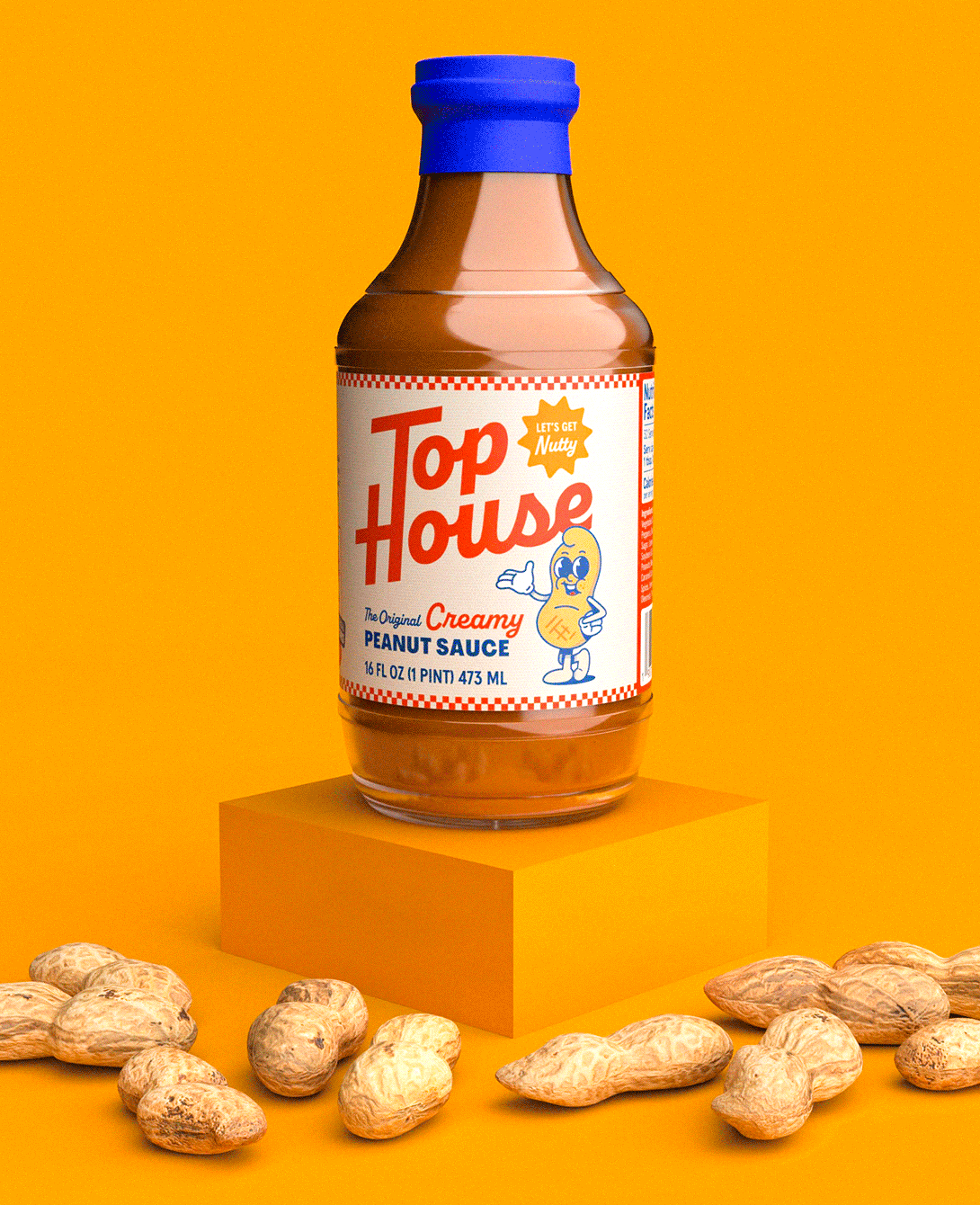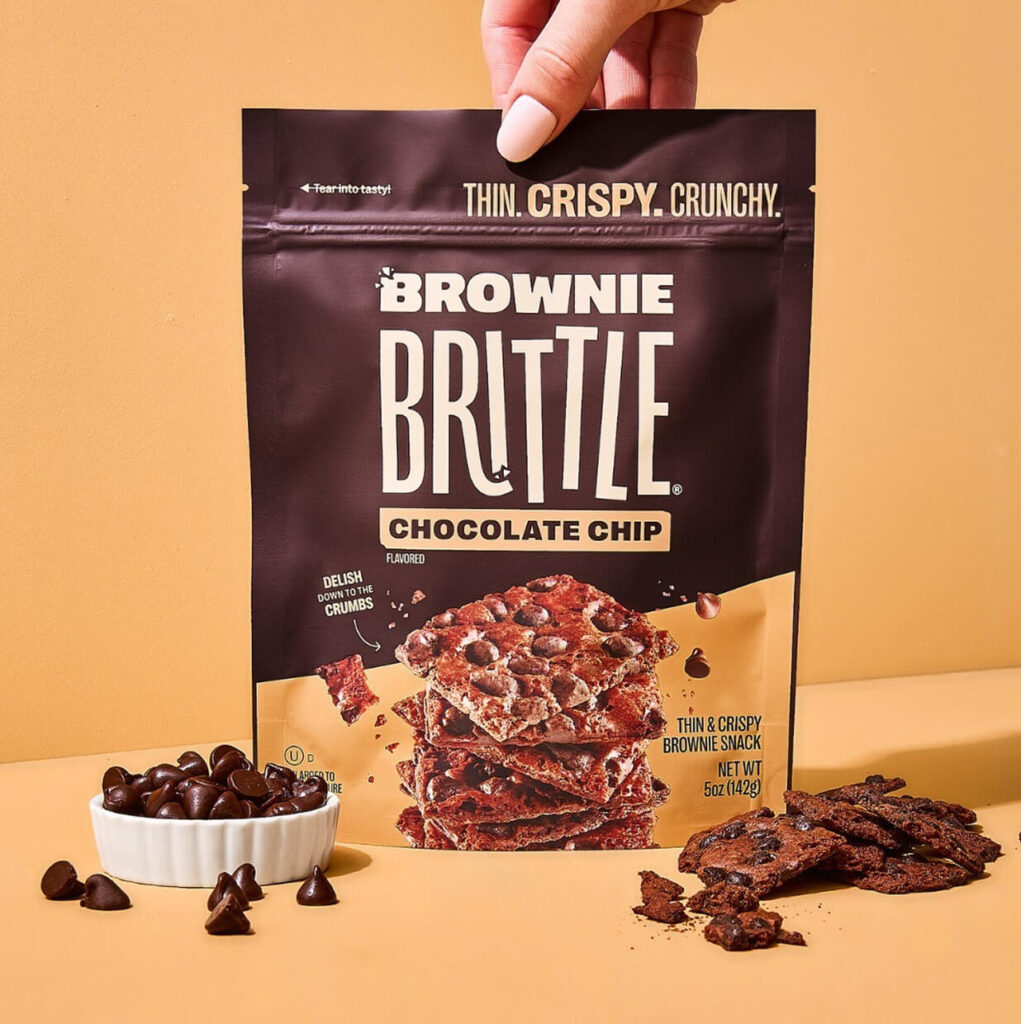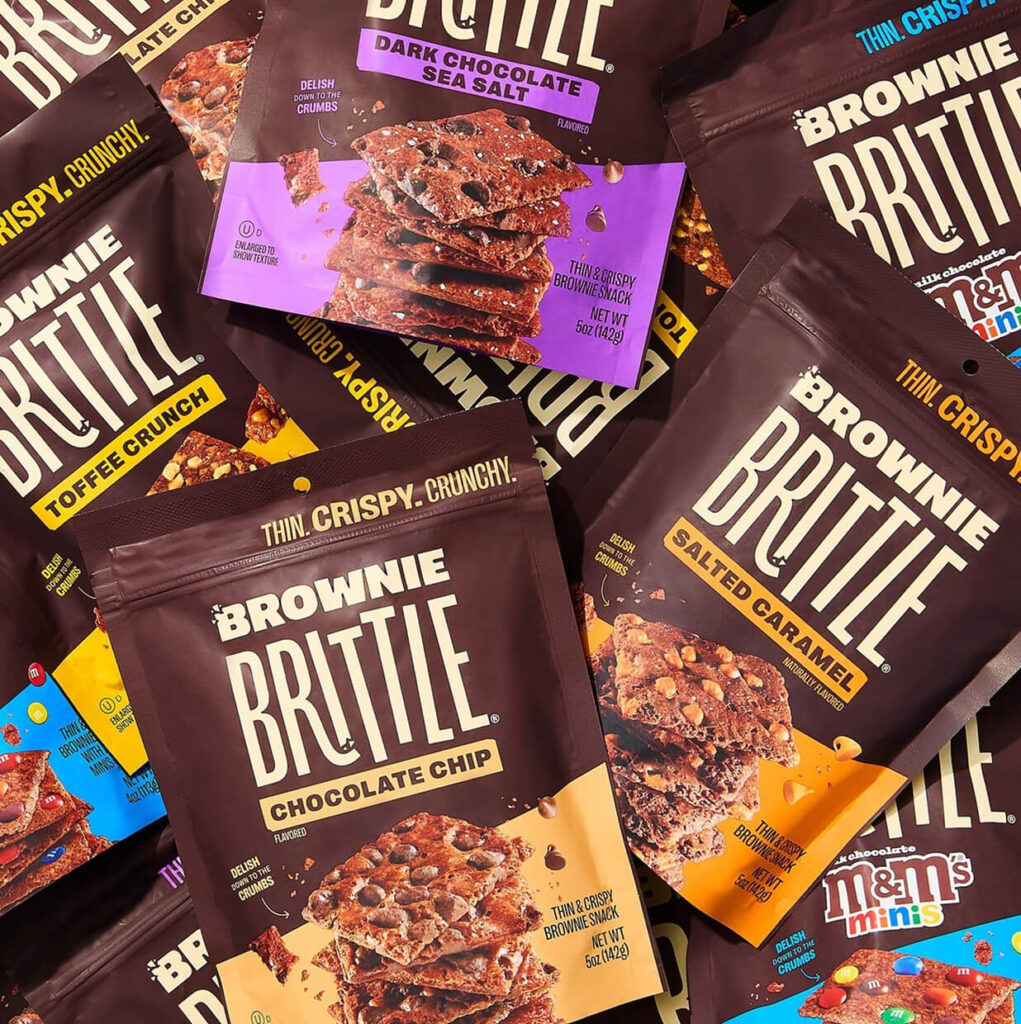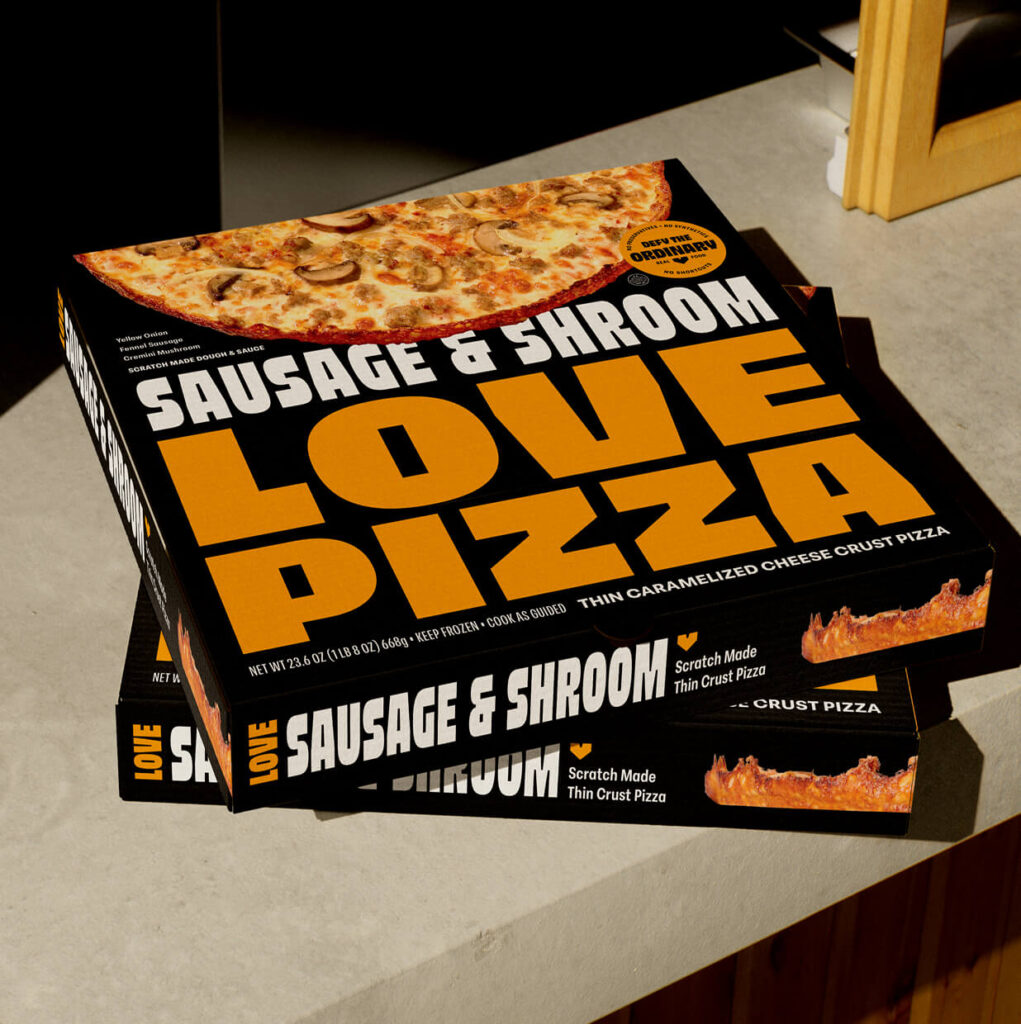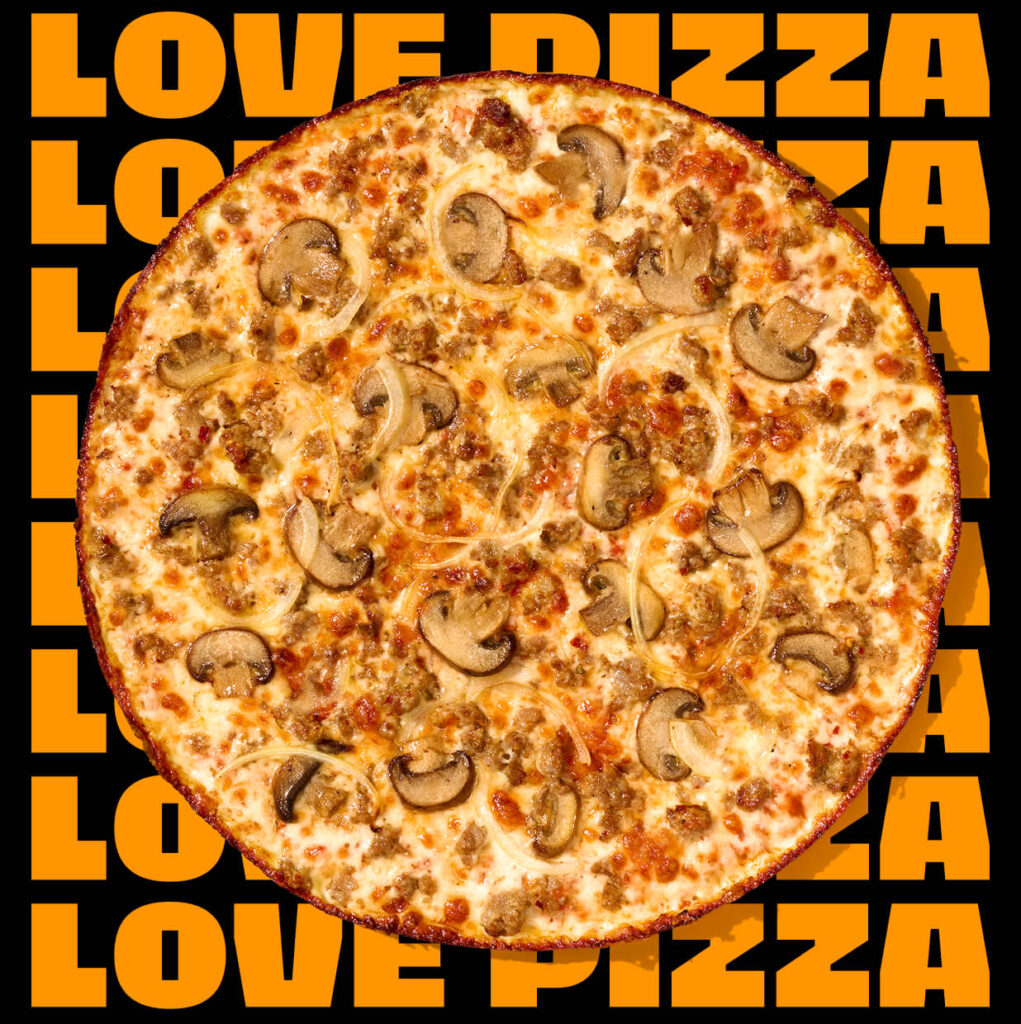Direct-to-consumer provides ample opportunities for emerging brands. With more channels and ownability over the process, DTC gives you the opportunity to experiment with your business model as well as product offerings based on consumer insights.
Bringing bold and interesting flavors to their respective verticals, Daily Harvest and Mobcraft are two direct-to-consumer CPG brands that center innovation in their business models and give new meaning to category disruption.
Think back to 2015 – ahh, those were the days. “Millennial” was a word on everyone’s mind and their shopping habits were “ruining” traditional retail. Here were some other things going on:
- Millennials were shopping in the frozen food aisle – A LOT. Whether it was for morning meals, workplace lunches or easy dinners, the uptick in frozen food sales started around the time many millennials entered the workforce, and has continued to increase.
- Organic foods in sustainable packaging continued to increase in importance for younger consumers.
- The health-conscious millennial did not have many options at the time that were convenient, affordable and organic.
- Bland and repetitive recipes across the frozen foods aisle left consumers wanting.
Gleaning insights from these trends, Daily Harvest was established as a better freezer aisle right to the consumers doorstep. In 2022, Daily Harvest reached the tech-world’s coveted “unicorn status” and is primed to open their first brick-and-mortar location.
How did they do it?
- Start narrow then expand: Daily Harvest gained success first with smoothies – offering meal replacements that were full of nutrients just add your favorite milk substitute. They quickly expanded into soups, bowls and other easy-to-prepare foods with international flavors and seasonal favorites.
- Perk up the plate: Daily Harvest provided alternative preparation options – simple helpful hints to elevate the meal, like adding bone broth to your soup selection instead of water. These tips encourage the consumer to make the base meal their own.
- Flavor rotation: while Daily Harvest has a few successful staples, their offering is constantly evolving. It encourages consumer retention.
- Flexible subscription with auto order: being innovative at your core means no ordinary subscription model will work. For Daily Harvest, a flexible model with clearly communicated information, gives the consumer a chance to control every aspect of their order – from how many meals to what those meals are and how often they are received in a month. The user experience is clean, seamless and easy to navigate, allowing users to pause or cancel without the excessive hoops.
With a fluid user experience, guiding brand principle and minimalist design, Daily Harvest tapped into success.
Meanwhile, in 2011 the minds behind Mobcraft had an idea- open the world’s first crowdsourced brewery. The premise was simple, submit a unique beer flavor idea, vote on your favorite ideas then drink the goodness that comes. In 2016, they were featured on Shark Tank but did not reach a deal because Mobcraft’s founder, Henry Schwartz, refused to outsource production.
Instead, Mobscraft approached funding in a very Mobcraft way – through crowdfunding with Craftfund. In 2023, Mobcraft has two taprooms — Denver and Milwaukee — and a plethora of flagship and seasonal brews, a sours and wild program, and the continuation of the crowdsourced brews and subscriptions. With two more taprooms on the way, 49 crowdfunded investors, and an estimated $4.5 million in revenue, Mobcraft succeeded in maintaining their position, business model and identity.
What makes their approach so unique?
The most obvious being that they tapped into their consumer’s creativity and desire to be a part of something bigger. With so many fun flavor ideas paired with cheeky names, Mobcraft leveraged their audience in a way never seen before in the enthusiastic beer community, making their name spread quickly.
Word-of-Mouth – there is an element of vanity to their approach. If your brew idea is selected for the voting round, your name goes right on the website, encouraging folks to share with their friends to gain more votes. This tactic allows consumers to essentially become Mobcraft marketers and brand ambassadors.
The freshness of beer flavors and styles with staple flagship flavors, similar to Daily Harvest’s ever changing menu, keeps subscribers intrigued; making room for an ongoing subscription model.
Their brand is a reminder that whether it is to meet with friends, share ideas or simply try something new, beer brings people together. Mobcraft also proves you don’t have to do it alone — being in cahoots with your consumers is a scalable approach.
Let’s recap. What sets these DTC brands apart?
After analyzing Daily Harvest, Mobcraft and other prosperous direct-to-consumer brands, we came up with a checklist for success:
- Attention to consumer trends informs the business model.
- A unifying brand idea supported through packaging, products, and marketing.
- Consistent innovation that aligns to the business model and unifying idea.
- Clear communication and expectations internally and with customers.
Following a brand before marketing approach enables emerging DTC brands to see exponential growth. Both brands are rooted in their identities, allowing them to make decisions from a defined place on what is next for their growth.

